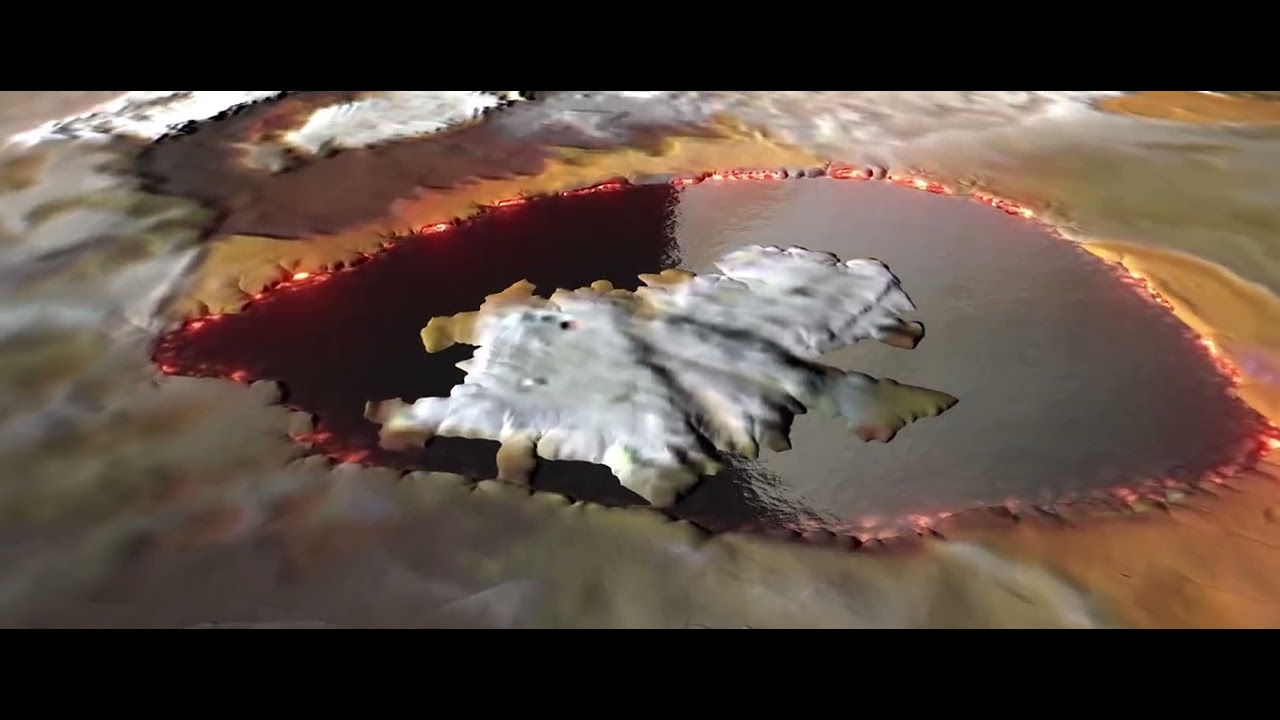9 min read
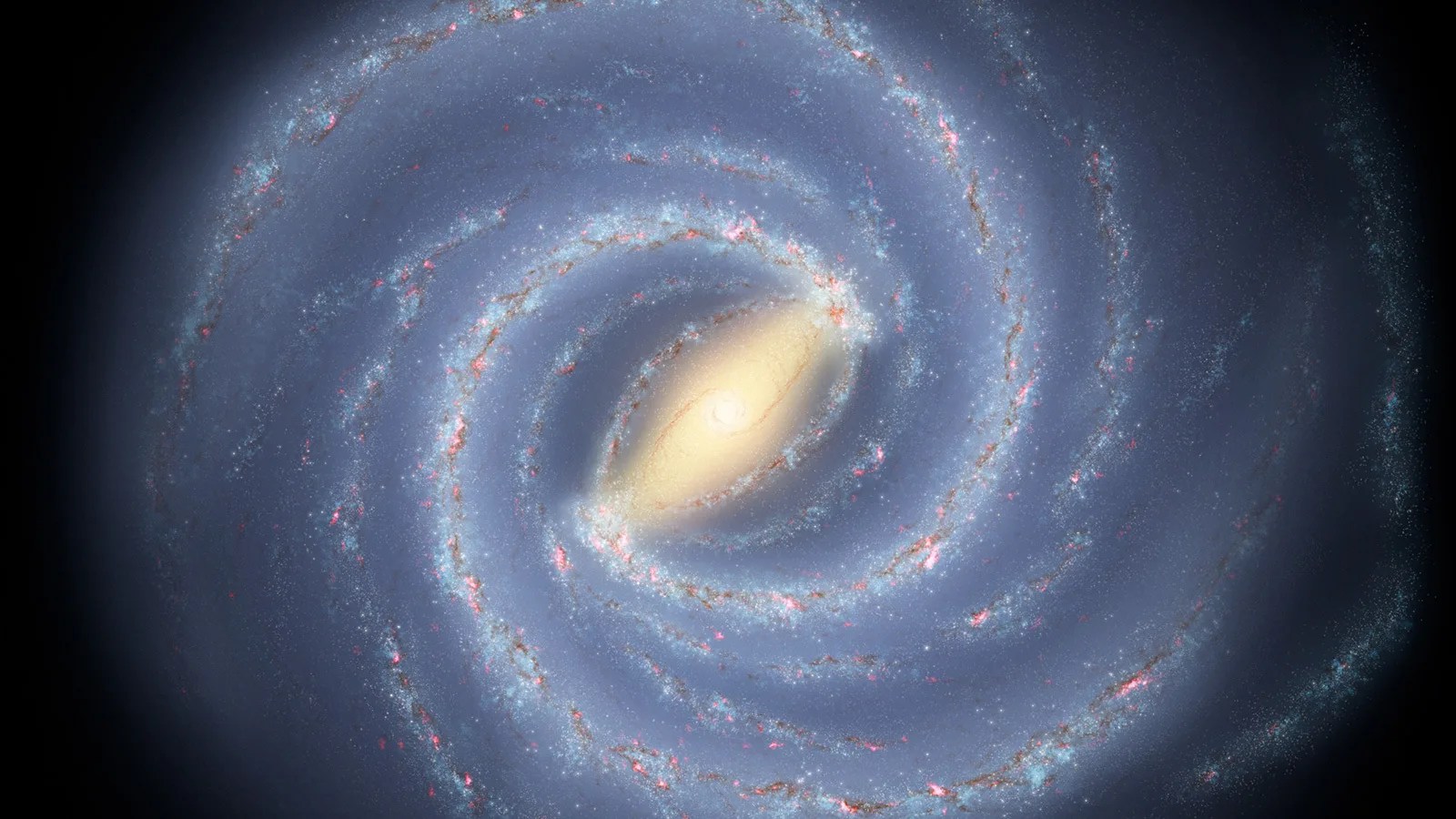
Humanity’s great leap into interstellar space – the space between the stars – is underway. NASA's Voyager 1 and Voyager 2 probes are both in interstellar space.
For the moment, sending humans to the edge of interstellar space, let alone across the cosmic void to other stars, remains firmly in the realm of science fiction. But scientists and engineers are developing skills and technologies that might help us get there one day.
Here are 10 things we’ve learned about going interstellar.
Interstellar space is often called the space between the stars, but more specifically, it’s the region between our Sun’s heliosphere and the astrospheres of other stars.
Our heliosphere is a vast bubble of plasma – a gas of charged particles – that spews out of the Sun. This outflow is known as the solar wind. The bubble surrounds the Sun and stretches beyond the planets. Both Voyager spacecraft had to travel more than 11 billion miles (17 billion kilometers) from the Sun in order to cross the edge of the heliosphere. This bubble is moving through interstellar space as the Sun orbits the center of the Milky Way galaxy. As our heliosphere plows through space, it creates a bow wave, like the wave formed by the bow of a ship.
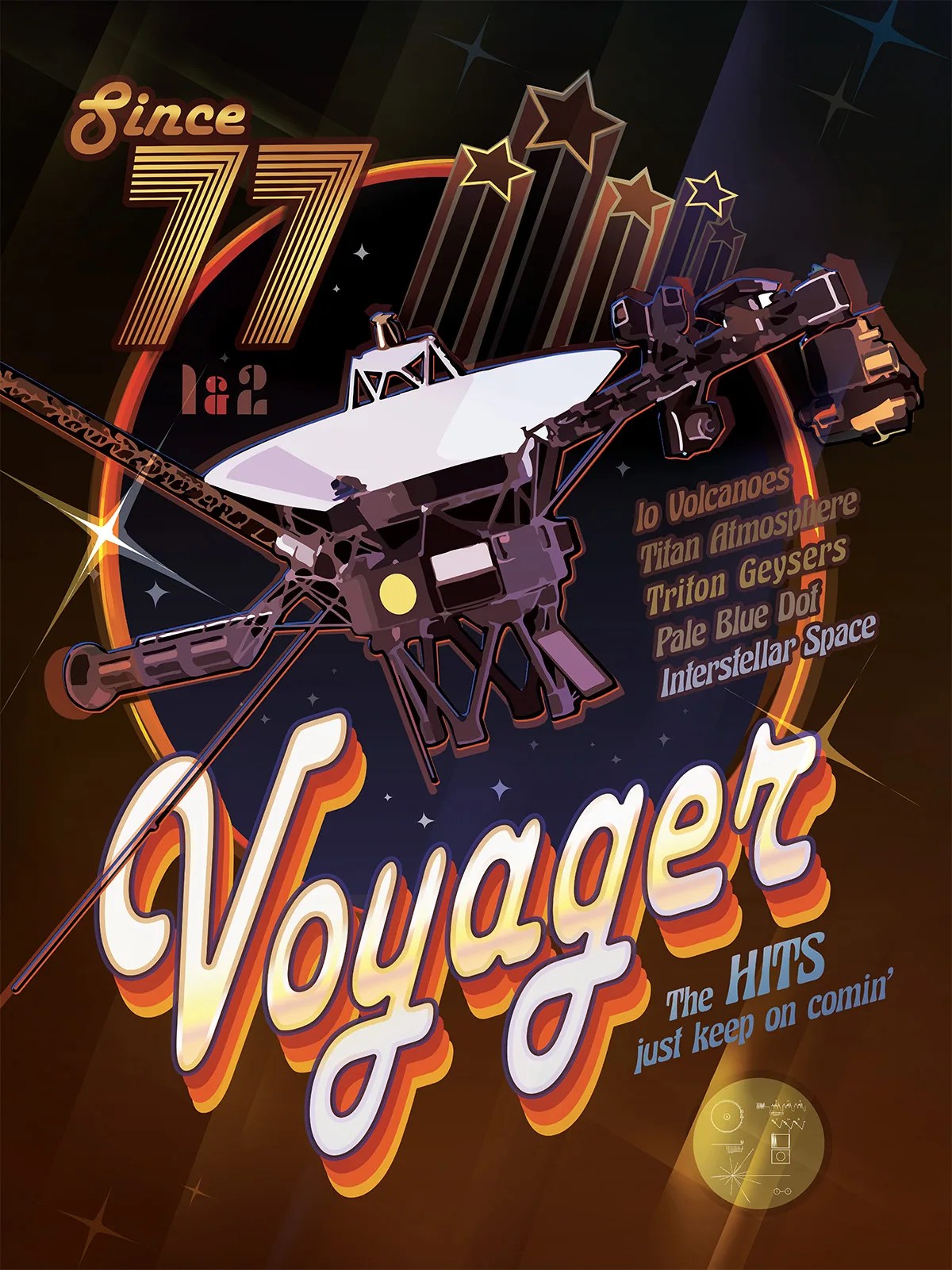
Since warp drive is still just a fantasy, getting to interstellar space takes a really long time at present. Voyager 1, the first spacecraft to make it, was about 122 Astronomical Units (Earth is one Astronomical Unit, or AU, from the Sun) – that’s about 11 billion miles (18 billion kilometers) from the Sun – when it exited the heliosphere and entered interstellar space. The spacecraft launched from Florida in 1977 and entered interstellar space in 2012. That’s a 35-year trip. Of course, Voyager 1 didn’t make a beeline for interstellar space – it took the scenic route and toured Jupiter and Saturn first. Voyager 2, traveling slower than Voyager 1, also toured Uranus and Neptune, and took 41 years to reach interstellar space.
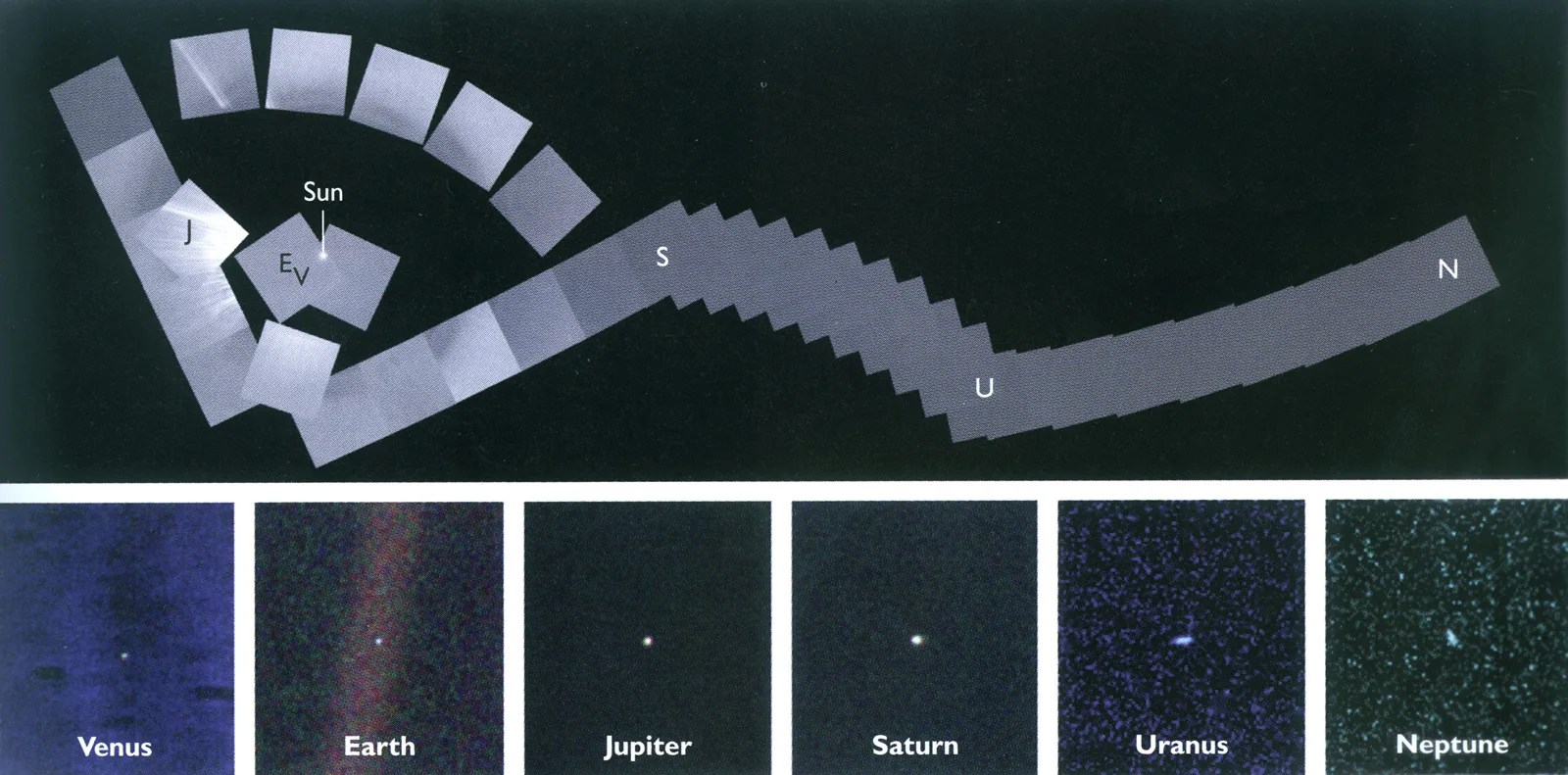
Sorry, no Voyager selfies. After Voyager 1 took images in 1990 for the "Solar System Family Portrait” that included the famous “Pale Blue Dot" photo, the cameras were turned off to save power and computer memory for the interstellar mission to come. Additionally, the camera software was removed, and the computers on the ground that understand the software do not exist anymore. The cameras also have been exposed to extreme cold for many years. So, even if mission managers rebuilt the ground computers, reloaded the camera software, and turned the cameras back on, it's not clear they would work.
If it's any consolation, there's not much for the Voyagers to see now except for the stars, and they wouldn't look much different than they did in 1990.
NASA/JPL-Caltech
You shouldn't be able to hear anything in interstellar space, because it’s a near-perfect vacuum: There's essentially no medium for the soundwaves to travel though, like air. But Voyager's instruments are much more sensitive than our ears, and the instruments were able to "listen" to other kinds of waves that travel through the interstellar medium. What they heard was music to scientists' ears.
Don Gurnett, the principal investigator for the Plasma Wave Science instrument on Voyager 1, played an audio recording of plasma wave data at a press conference in September 2013. The sounds, he explained, were solid evidence that Voyager 1 had left the heliosphere and was in interstellar space.
Strictly speaking, the plasma wave instrument doesn’t detect sound. It senses waves in the plasma that are generated by eruptions on the Sun, known as coronal mass ejections. These waves influence the interstellar medium, so Voyager can detect them both inside and outside of the heliosphere. The plasma is so diluted that waves traveling through it would be far too weak for our ears to detect. But, because some of those waves fall into the "audio frequency" range, all Gurnett had to do was amplify the sound to make them audible to human ears.
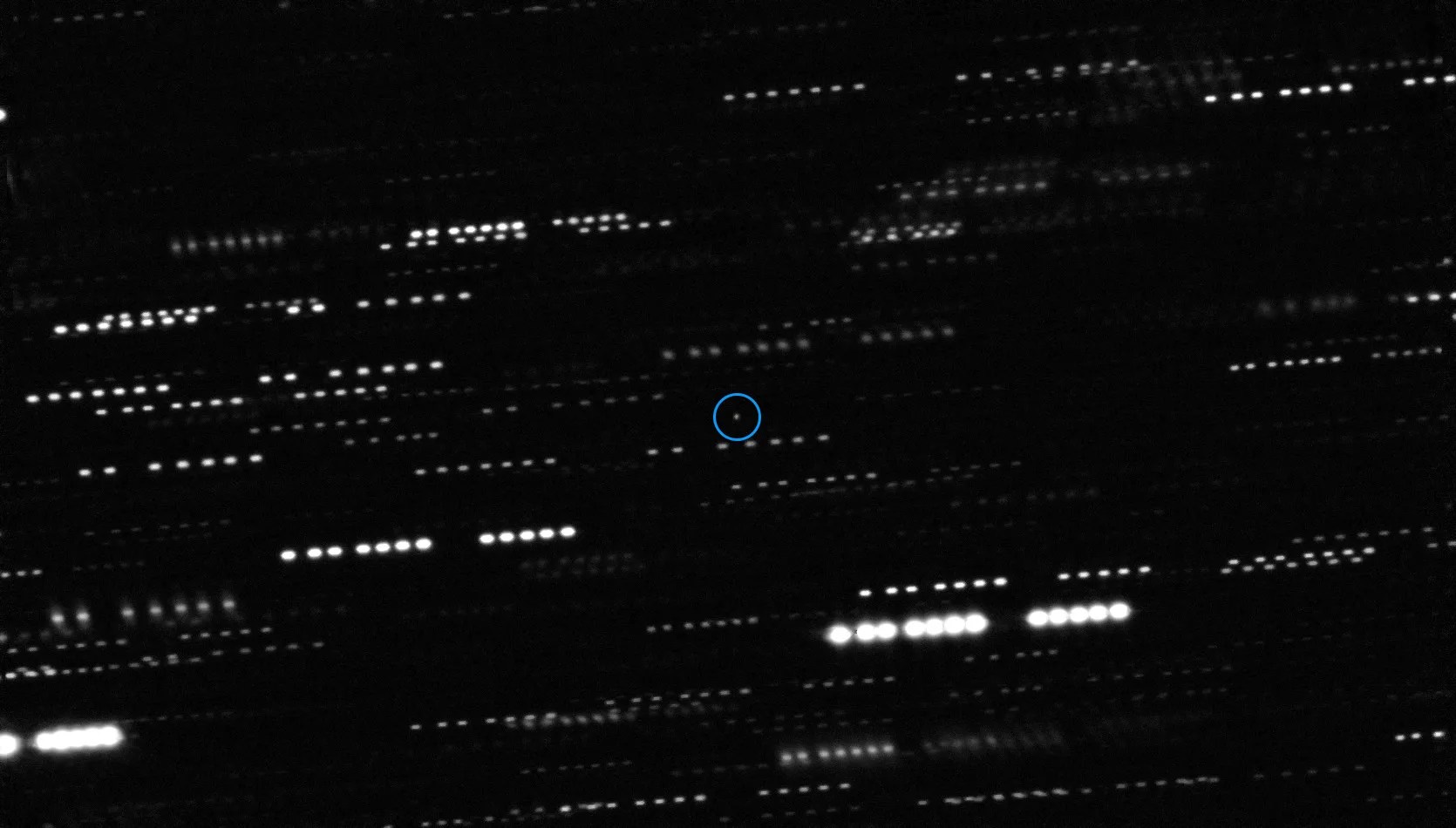
An intriguing object zipped through our solar system in late 2017. It was on a steep trajectory that told scientists it wasn’t from around here. They determined it was from interstellar space – the first confirmed object from another solar system to visit our solar system.
Scientists named the object ‘Oumuamua, a Hawaiian word meaning "visitor from afar arriving first.”
So what was it? Because 'Oumuamua was the first of its kind and wasn't observed in great detail at close range, researchers found it difficult to draw conclusions. But whatever it was – it was big, it was moving fast, and it was tumbling through space.
'Oumuamua was estimated to be about half a mile (800 meters) long. Astronomers had never seen a natural object with such extreme proportions in the solar system before. It was last detected traveling away from the Sun at about 196,000 mph or 87.3 kilometers per second – on its way back to interstellar space. After January 2018, 'Oumuamua was no longer visible to telescopes, even in space.
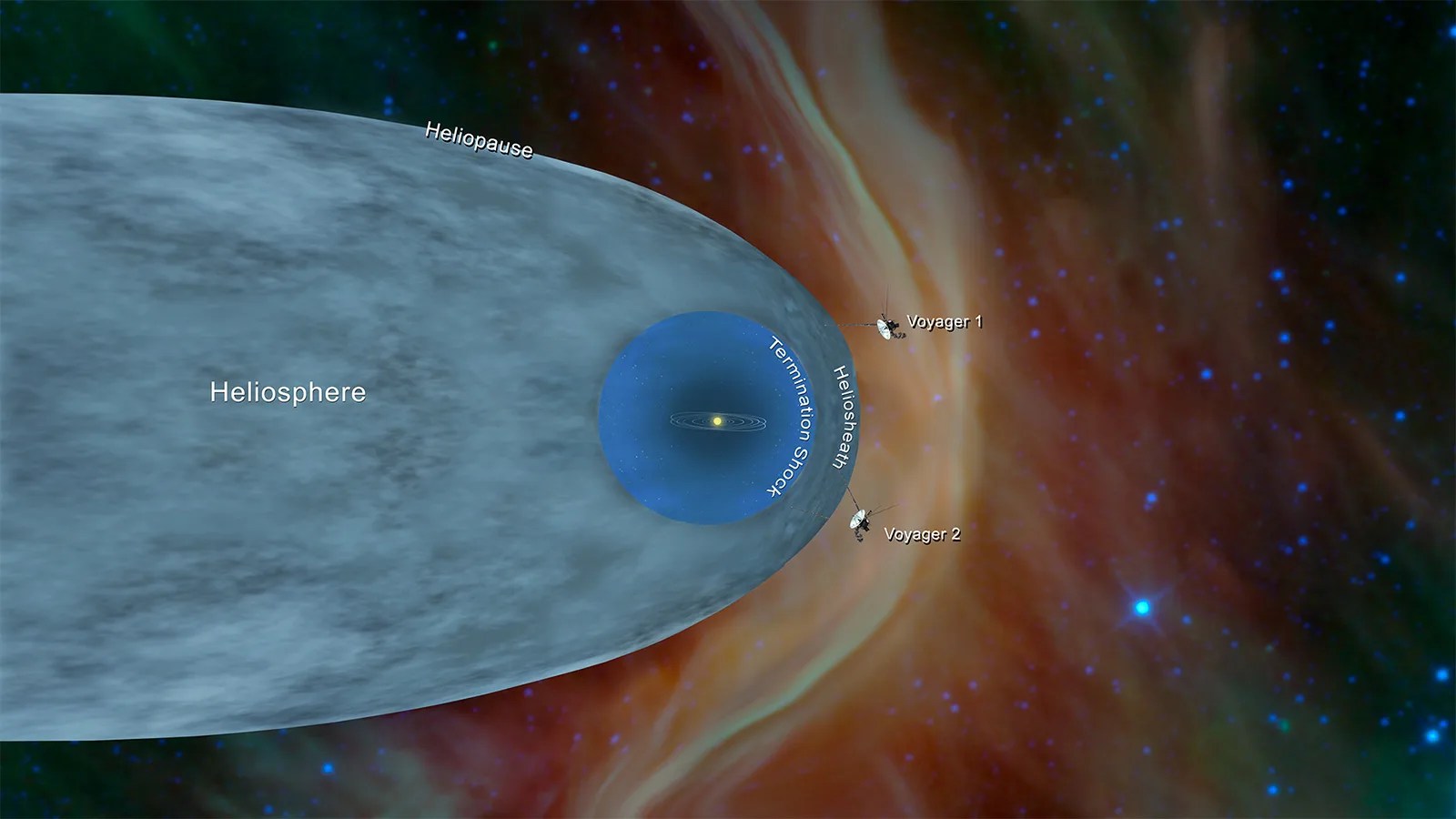
Only two spacecraft have made it to interstellar space. Voyager 1 was the first, in August 2012. Six years later, its twin, Voyager 2, entered interstellar space on Nov. 5, 2018.
The New Horizons probe that explored Pluto and the Kuiper Belt Object named Arrokoth is also headed toward interstellar space, generally in the direction of the constellation Sagittarius.
NASA's Pioneer 10 and Pioneer 11 have both stopped functioning, but they also are coasting into interstellar space as ghost ships. Pioneer 10 is heading toward the red star Aldebaran in the constellation Taurus. Pioneer 11 is traveling toward the center of the galaxy in the direction of Sagittarius.
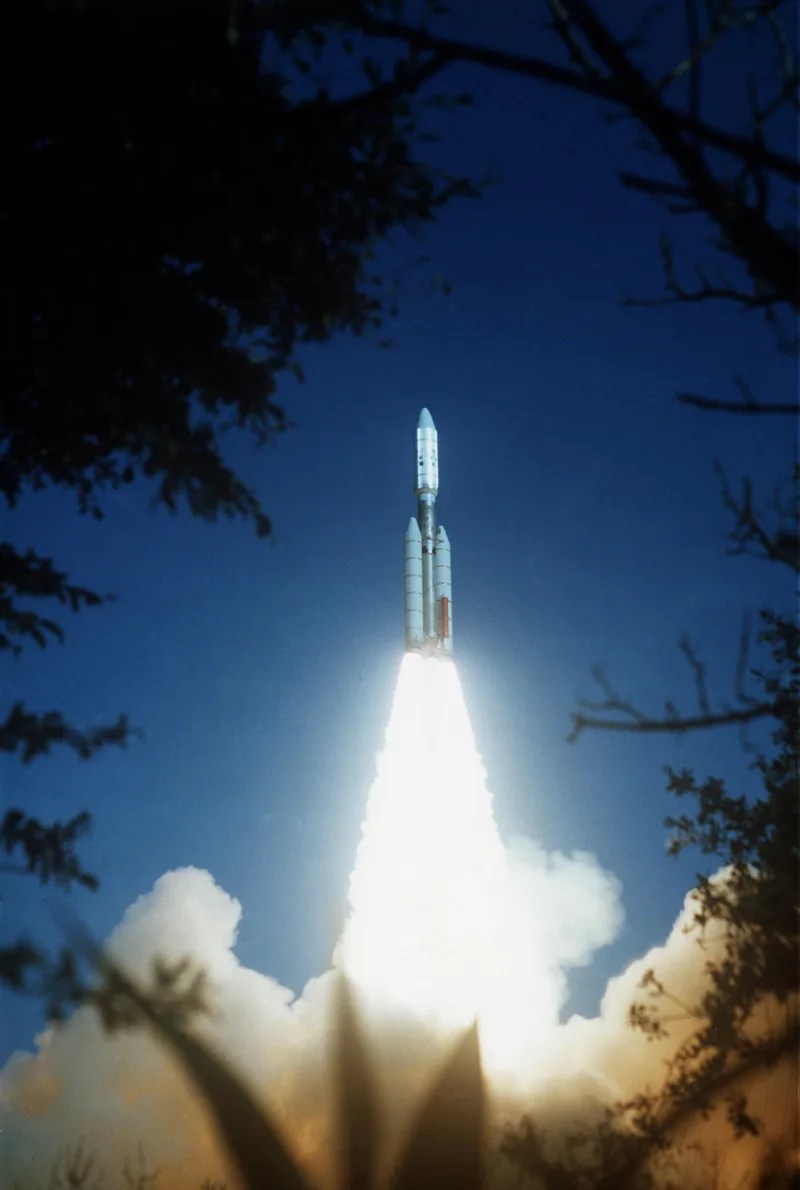
Hundreds of spacecraft have been launched beyond Earth, so why are only five spaceships headed out of our solar system? Well, most spacecraft aren’t meant to leave the solar system. They’re designed to fly by, orbit, or land on a planet.
To go to interstellar space, a probe needs to be launched into a specific orbit, and by a rocket powerful enough to give it the velocity to break free of the Sun's gravity.
Even using our biggest rockets, some probes need a boost. The Voyagers took advantage of a rare arrangement of the outer planets which occurs about every 176 years. The probes used gravity assists to swing from one planet to the next without needing large propulsion systems. Three of the flybys increased the velocity of the probes enough to deliver them to the next planet, climbing further out of the grip of the Sun's gravity.
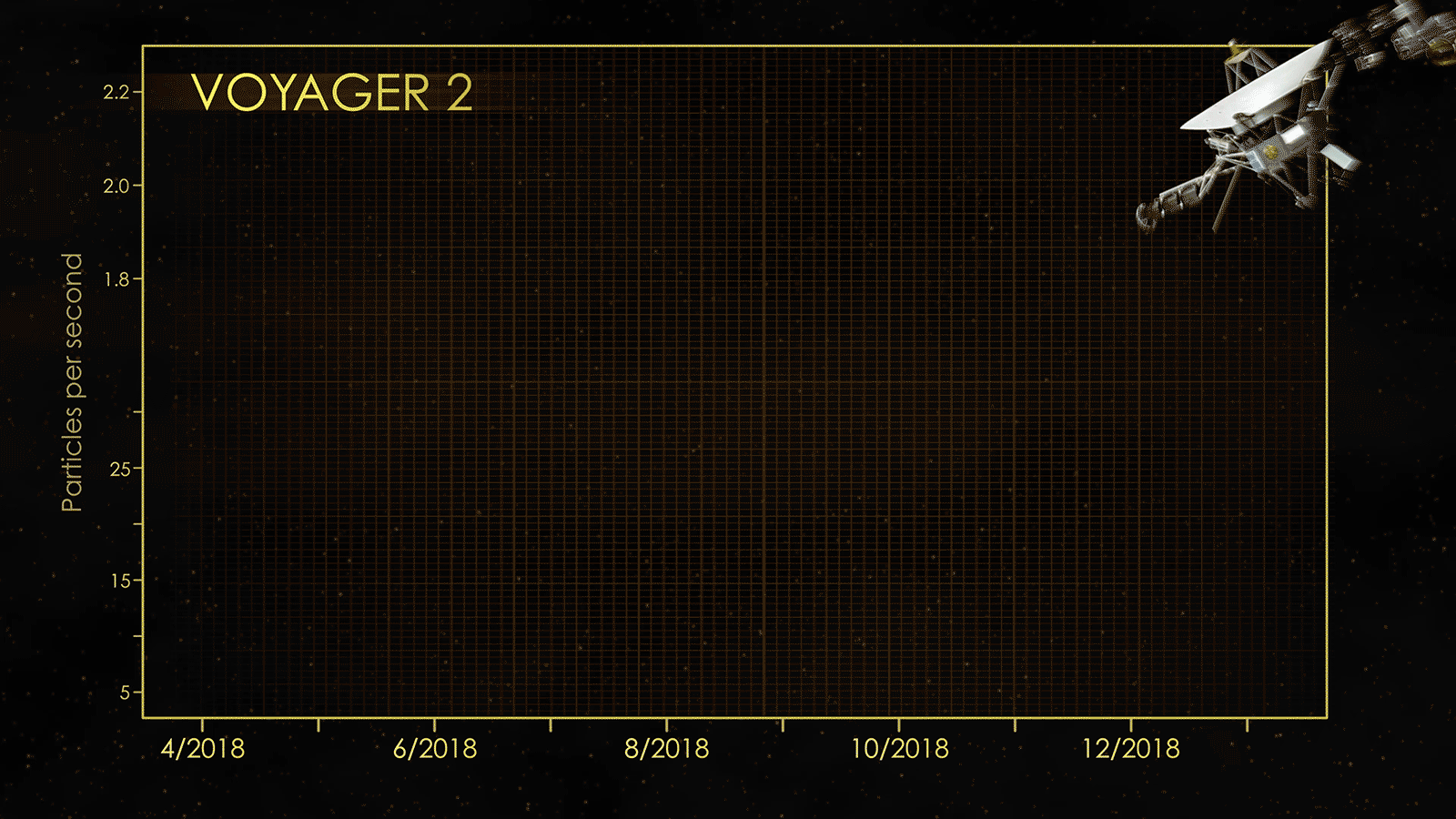
Voyager 1 and 2 were launched 16 days apart in 1977. Voyager 2 was launched first, but Voyager 1 was on a faster trajectory. They are the longest continuously operating spacecraft. Between them, they’ve explored all the gas giant planets in our solar system.
While the probes are now in interstellar space, they haven’t truly left the solar system. The boundary of the solar system is considered to be beyond the Oort Cloud, a collection of small objects still under the influence of the Sun. Most comets that visit the inner solar system come from the Oort Cloud. It could take the probes 300 years to reach the inner edge of that region.
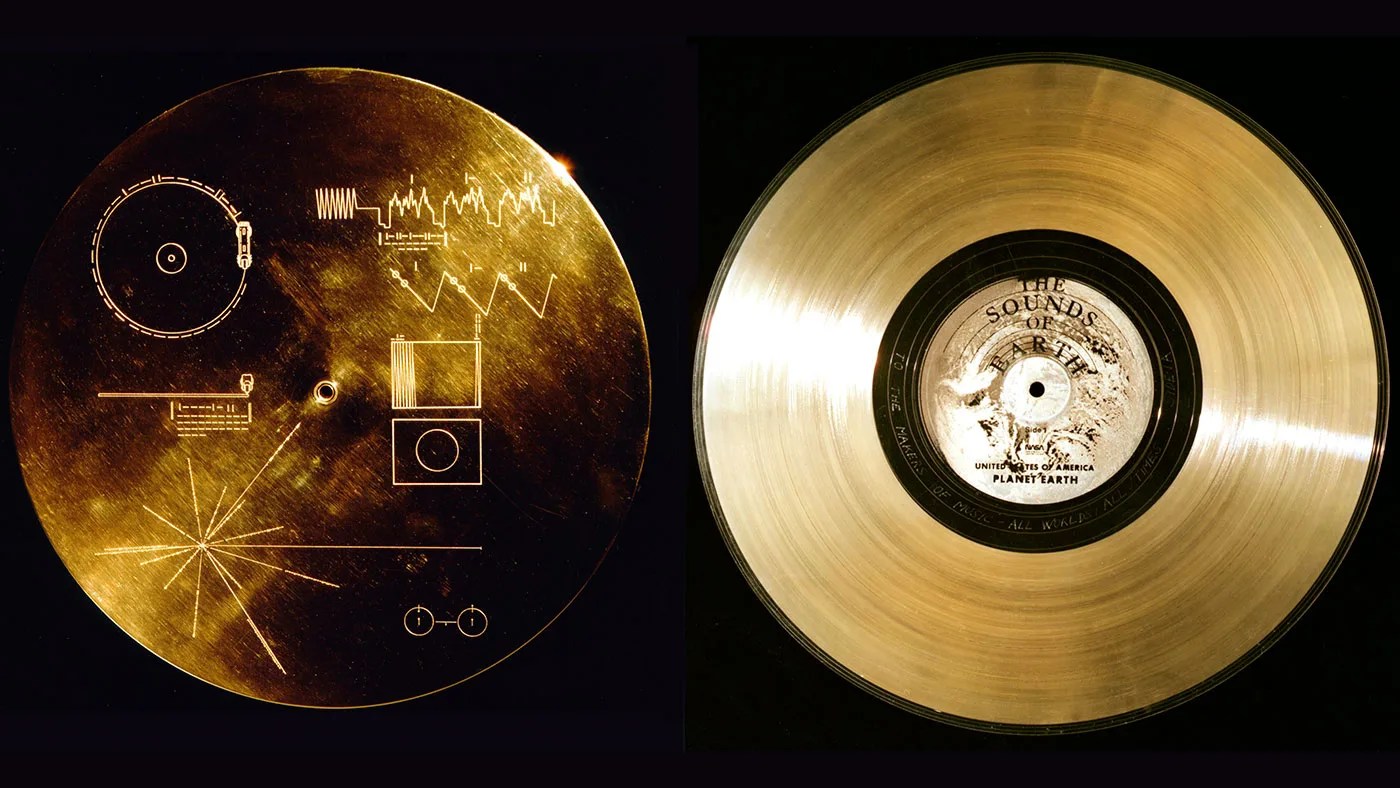
Eventually, the Voyagers will pass other stars. Voyager 1 is escaping the solar system at a speed of about 3.5 AU per year, 35 degrees out of the ecliptic plane to the north, in the general direction of the solar apex (the direction of the Sun's motion relative to nearby stars). Voyager 1 will leave the solar system aiming toward the constellation Ophiuchus. In the year 40,272 CE (more than 38,200 years from now), Voyager 1 will come within 1.7 light-years of an obscure star now in the constellation Ursa Minor (the Little Bear or Little Dipper) called Gliese 445.
Voyager 2 is escaping the solar system at a speed of about 3.1 AU per year toward the constellations of Sagittarius and Pavo. In about 40,000 years, Voyager 2 will come within about 1.7 light-years of a star called Ross 248, a small star now in the constellation of Andromeda.
After that, the Voyagers are destined to orbit in the Milky Way as silent ambassadors from Earth – perhaps forever. Each spacecraft carries a Golden Record of Earth sounds, pictures, and messages.
NASA's Goddard Space Flight Center
There are no current NASA plans to send new spacecraft to interstellar space, but researchers are exploring a variety of ideas and concepts for what might be possible and scientifically valuable. There are, however, two NASA satellites designed to study interstellar space from relatively close to Earth.
The Interstellar Boundary Explorer (IBEX) is a small satellite already orbiting Earth. IBEX has special instruments gathering data to create the first map of the boundary of interstellar space.
NASA is preparing to launch the Interstellar Mapping and Acceleration Probe (IMAP) in 2025. The spacecraft will be positioned about 1 million miles (1.6 million kilometers) away from Earth toward the Sun, at what is called the first Lagrange point or L1. It will help researchers better understand the boundary of the heliosphere.



